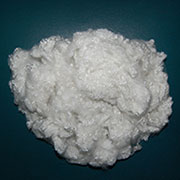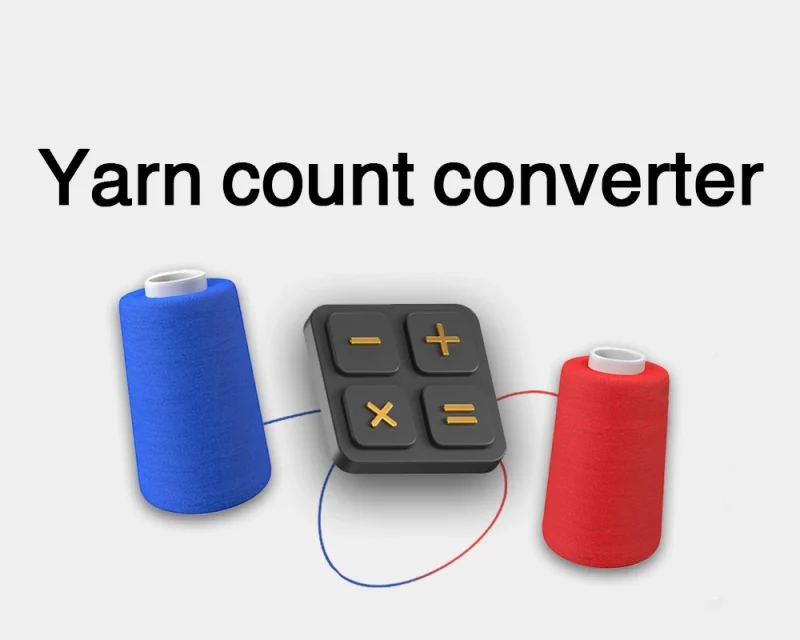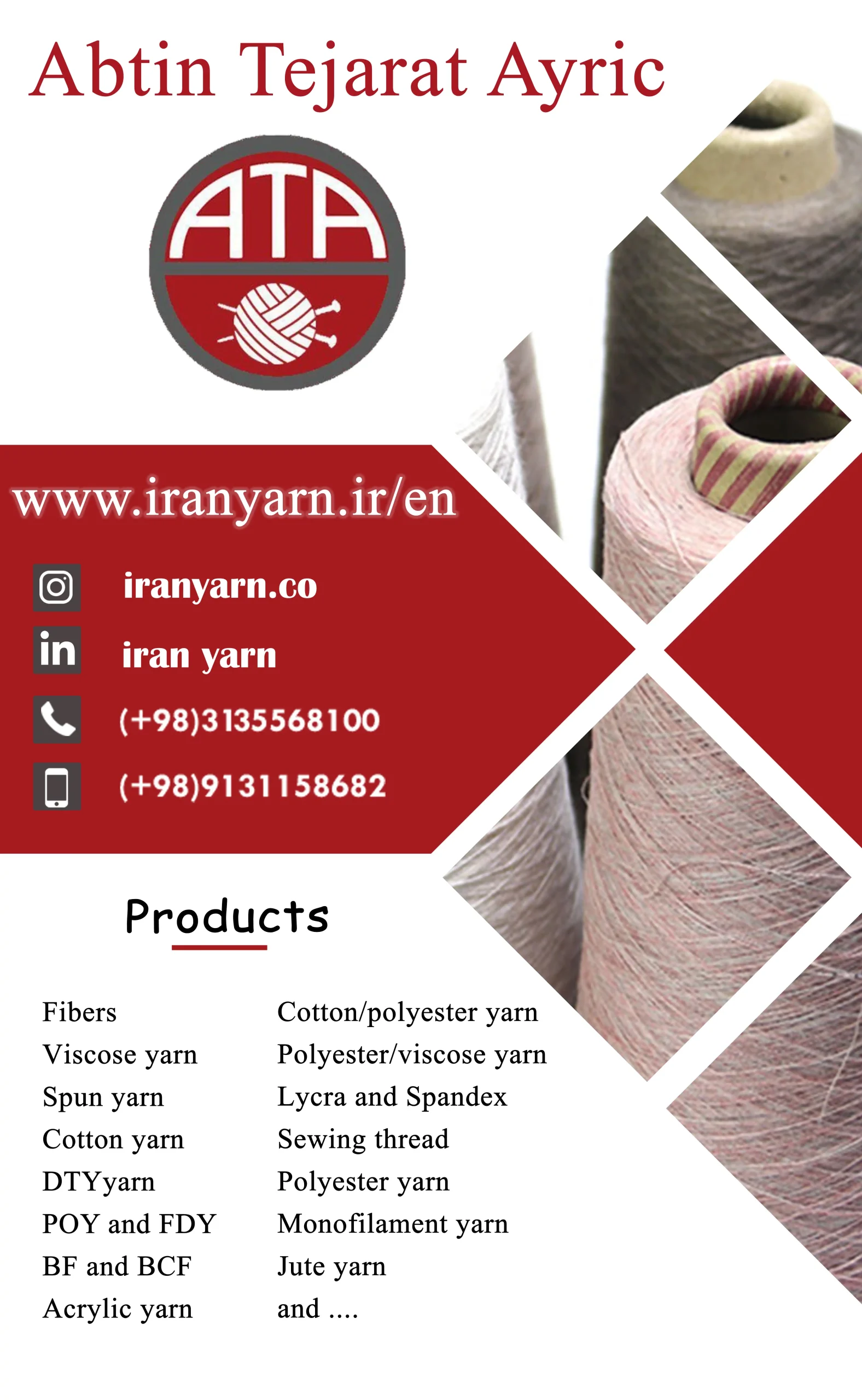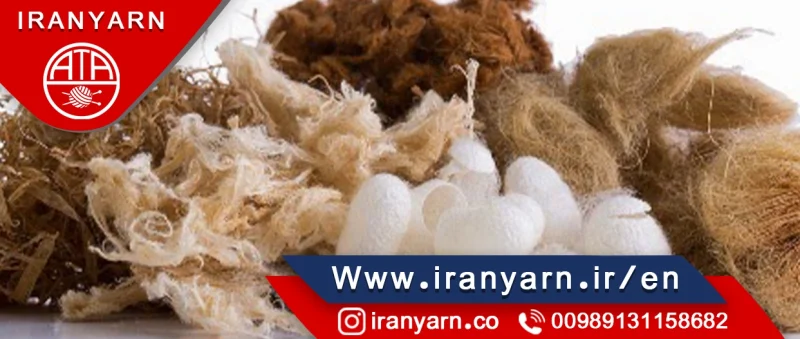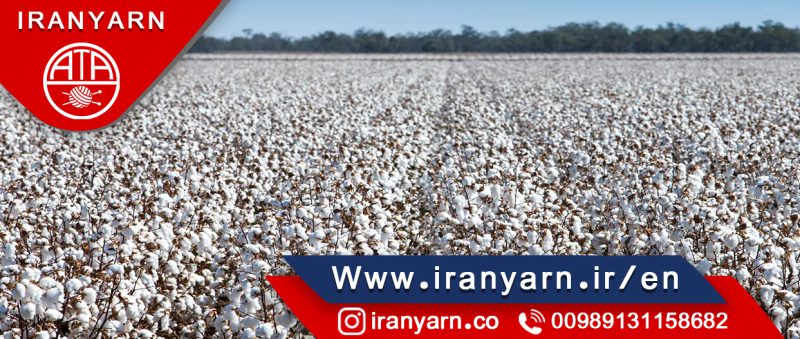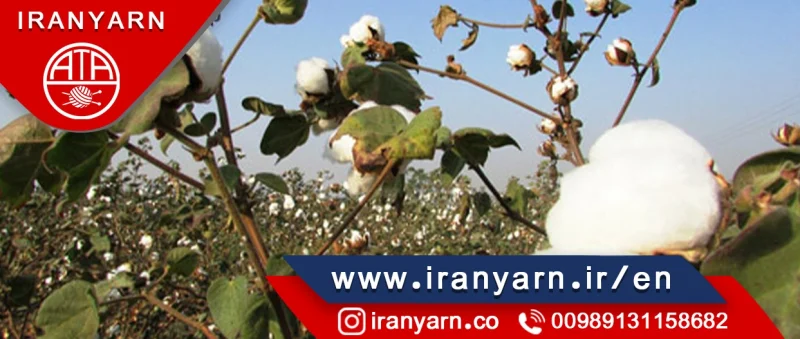Properties and application of polyester fibers.
Polyester is often blended with other fibers like cotton to get the best of both worlds.
The fabrics made from polyester fiber have good elasticity, wrinkle resistance, shape retention, excellent wash-and-wear performance and durability, and so on. so that it is widely used in all kinds of apparel fabrics. However, because polyester fiber is poor in moisture absorption, its clothing makes the wearer feel hot and sticky, produces static electricity easily which results in clothing absorbing dust and clinging to the body, and has poor comfort.
Manufacturing
Polyester is the most commonly used synthetic fiber. DuPont introduced its Dacron brand of polyester in 1951, but the material itself was patented earlier in 1941.
It’s made by reacting dicarboxylic acid with a dihydric alcohol. This base material can be used to make many things, from soda bottles to boats, as well as clothing fibers. Like nylon, polyester is melt-spun – this process allows the fibers to be made in different shapes and sizes for specific applications. Chemists can now alter the size and shape of polyester fibers to look and feel more like natural fibers. Ultra-thin microfibers can give polyester a smoother, softer feel than the polyester of twenty years ago.
Properties and Uses
It can be used for fashionable dresses, but it is most admired for its ability to resist wrinkling and for its easy wash ability. Its toughness makes it a frequent choice for children’s wear. Polyester is often blended with other fibres like cotton to get the best of both worlds.
Characteristics of Polyester Fibers and Products
Resists abrasion (but can “pill”)
Very resilient (springs back into shape)
Resist wrinkling
Very high heat can “melt” the fabric
The right amount of heat can be used to permanently “heat set” a crease or pleat
Easy to wash and wear
Does not absorb water (can be uncomfortable when worn next to the skin in warm weather unless loosely woven)
Dries quickly
Attracts static electricity which also attracts dirt and lint
Although they do NOT absorb water, they DO absorb oil and grease. This means synthetics
resist soiling, but once an oil-based stain soaks in, it can be difficult to clean.
Strong fiber (but nylon is stronger)
Often blended with cotton or even wool to add crease resistance
Polyester does not absorb water, but it can be produced in such a way (as in polypropylene and microfibers) as to “wick” water away from the skin
Properties of polyester fibers
Chemical properties
Effect of alkalies
Polyester fibers have good resistance to weak alkalies high temperatures. It exhibits only moderate resistance to strong alkalies at room temperature and is degraded at elevated temperatures.
Effect of acids
Weak acids, even at the boiling point, have no effect on polyester fibers unless the fibers are exposed for several days. Polyester fibers have good resistance to strong acids at room temperature. Prolonged exposure to boiling hydrochloric acid destroys the fibers, and 96% sulfuric acid and causes disintegration of the fibers.
Effect of solvents
Polyester fibers are generally resistant to organic solvents. Chemicals used in cleaning and stain removal do not damage it, but hot m-cresol destroys the fibers, and certain mixtures of phenol with trichloromethane dissolve polyester fibers. Oxidizing agents and bleachers do not damage polyester fibers.
Miscellaneous properties
Polyester fibers exhibit good resistance to sunlight, and it also resists abrasion very well. Soaps, synthetic detergents, and other laundry aids do not damage it. One of the most serious faults with polyester is its oleophilic quality. It absorbs oily materials easily and holds the oil tenaciously.
Physical properties
Moisture regains
The moisture regain of polyester is low, ranges between 0.2 to 0.8 per cent. Although polyesters are non-absorbent, they do not have wicking ability. In wicking, moisture can be carried on the surface of the fiber without absorption.
Specific gravity
The specific gravity 1.38 or 1.22 depending on the type of polyester fibers is moderate. Polyester fibers have a density greater than polyamide fibers and lower than rayon. Fabrics made from polyester fibers are medium in weight.
Heat effect
The melting point of polyester is close to that of polyamide, ranging from 250 to 300°C. Polyester fibers shrink from flame and melt, leaving a hard black residue. The fabric burns with a strong, pungent odour. Heat setting of polyester fibres, not only stabilizes size and shape but also enhances wrinkle resistance of the fibres.
Mechanical properties
A wide of polyester fibres properties is possible depending on the method of manufacture. Generally, as the degree of stretch is increased, which yields higher crystallinity and greater molecular orientation, so are the properties, e.g., tensile strength and initial Young’s modulus. At the same time elongation normally decreases. An increase in molecular weight further increases tensile strength, modulus, and extensibility.
Shrinkage of the fibres also varies with the mode of treatment. If relaxation of stress and strain in the oriented fiber occurs, shrinkage decreases but the initial modulus may be also reduced. Yarns maintained at a fixed length and constant tension during heat setting are less affected with respect to changes in modulus, and reduced shrinkage values are still obtained.
Poly (ethylene terephthalate) shows nonlinear and time-dependent elastic behaviour. Creep occurs under load with a subsequent delay in recovery on the removal of the load, but compared to that of other melt-spun fibres, creep is small.
Summary
Polyester is the most used synthetic fiber.
The fiber can be manufactured in different shapes and sizes for specific purposes.
Polyester is a tough fabric used in clothing

